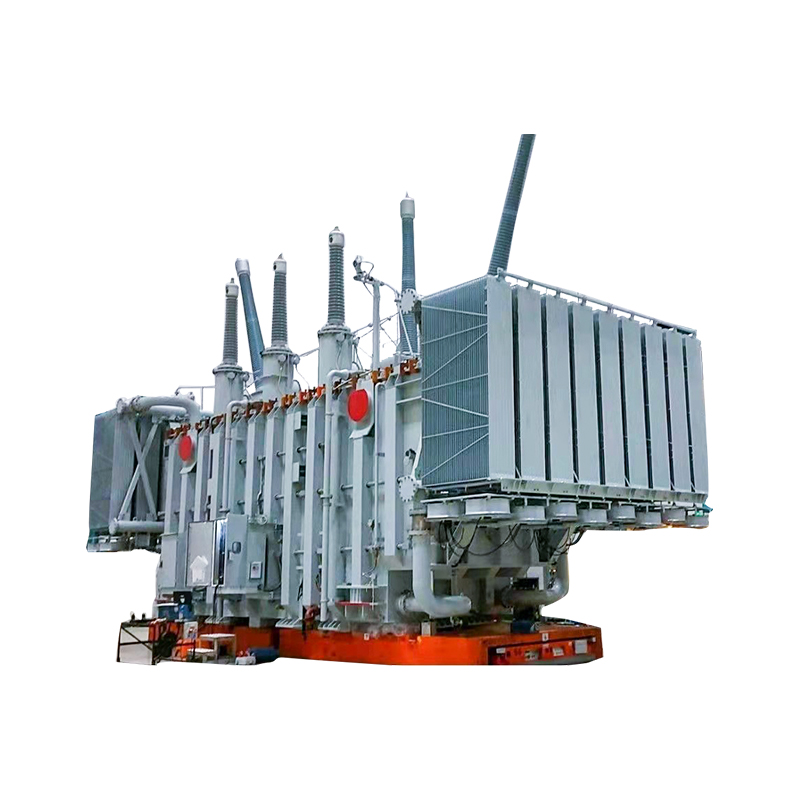35kv Dry Type Power Transformer
3150KVA 35KV
See DetailsWhen purchasing a high-capacity transformer such as a 100MVA 220kV low loss power transformer, it’s essential for end users and procurement teams to understand the depth and purpose of the testing process before the unit is shipped. Factory Acceptance Testing (FAT) and Type Testing are critical validation steps that ensure the equipment meets specified performance, safety, and regulatory standards. These procedures are not just formalities; they play a vital role in minimizing operational risk, avoiding costly delays, and giving customers confidence in long-term asset reliability.
Factory Acceptance Testing is typically conducted at the transformer manufacturing facility in the presence of the client or their appointed inspector. It includes a set of routine tests such as insulation resistance, transformer ratio, vector group verification, impedance measurement, and no-load and load loss evaluations. For a 100MVA transformer, these tests provide baseline data that will later be used during site commissioning and maintenance checks. In the case of low loss transformer designs, particular attention is paid to core losses and load losses to verify compliance with energy efficiency targets and contractual guarantees.
For power transformers rated at 220kV, the dielectric performance tests are among the most critical in the FAT process. These include applied voltage, induced overvoltage, and partial discharge measurements. The objective here is to validate the dielectric strength of the transformer insulation system under stress conditions. Any deviation in results can signal issues with insulation integrity, winding geometry, or manufacturing defects. A well-executed FAT serves not only as a technical checkpoint but also as a quality assurance milestone before the product begins its journey to the substation.

Type Testing, by contrast, involves more extensive and sometimes destructive testing carried out on a sample transformer of the same design. While routine tests are done on every unit, type tests are performed only once per design series, unless significant design changes occur. For a 100mva 220kv transformer, these tests may include temperature rise tests, short-circuit withstand tests, and lightning impulse tests to simulate extreme electrical stress. This process verifies that the transformer can handle real-world operational challenges and meet international standards such as IEC 60076 or IEEE C57.
Clients who understand the depth of these testing protocols are better positioned to assess manufacturer capability and product suitability. For example, temperature rise testing not only confirms thermal endurance but also provides insights into cooling efficiency—a key factor in low loss transformer performance. Short-circuit testing is particularly important for utilities operating in dense urban grids, where system faults are more likely. These tests demonstrate the mechanical robustness of the windings and core under high electrodynamic forces.
One important tip for buyers is to actively participate in FAT sessions whenever possible. Observing the process firsthand or receiving detailed test reports provides assurance that the transformer has been built and tested in accordance with specifications. It’s also a good opportunity to clarify questions with the engineering team, especially around special features or custom design elements. For large-scale assets like a 100MVA 220kV low loss power transformer, establishing early transparency with the manufacturer helps prevent future miscommunications and ensures that performance expectations are fully aligned.
Choosing a manufacturer with complete in-house testing capabilities and a strong track record in high-voltage power transformer production is key. Our commitment to rigorous testing standards and transparent collaboration is part of what sets us apart. When you're investing in critical grid infrastructure, you deserve not just a high-efficiency product, but also the assurance that every component has been tested, validated, and certified to perform under real-world conditions.
Contact Us